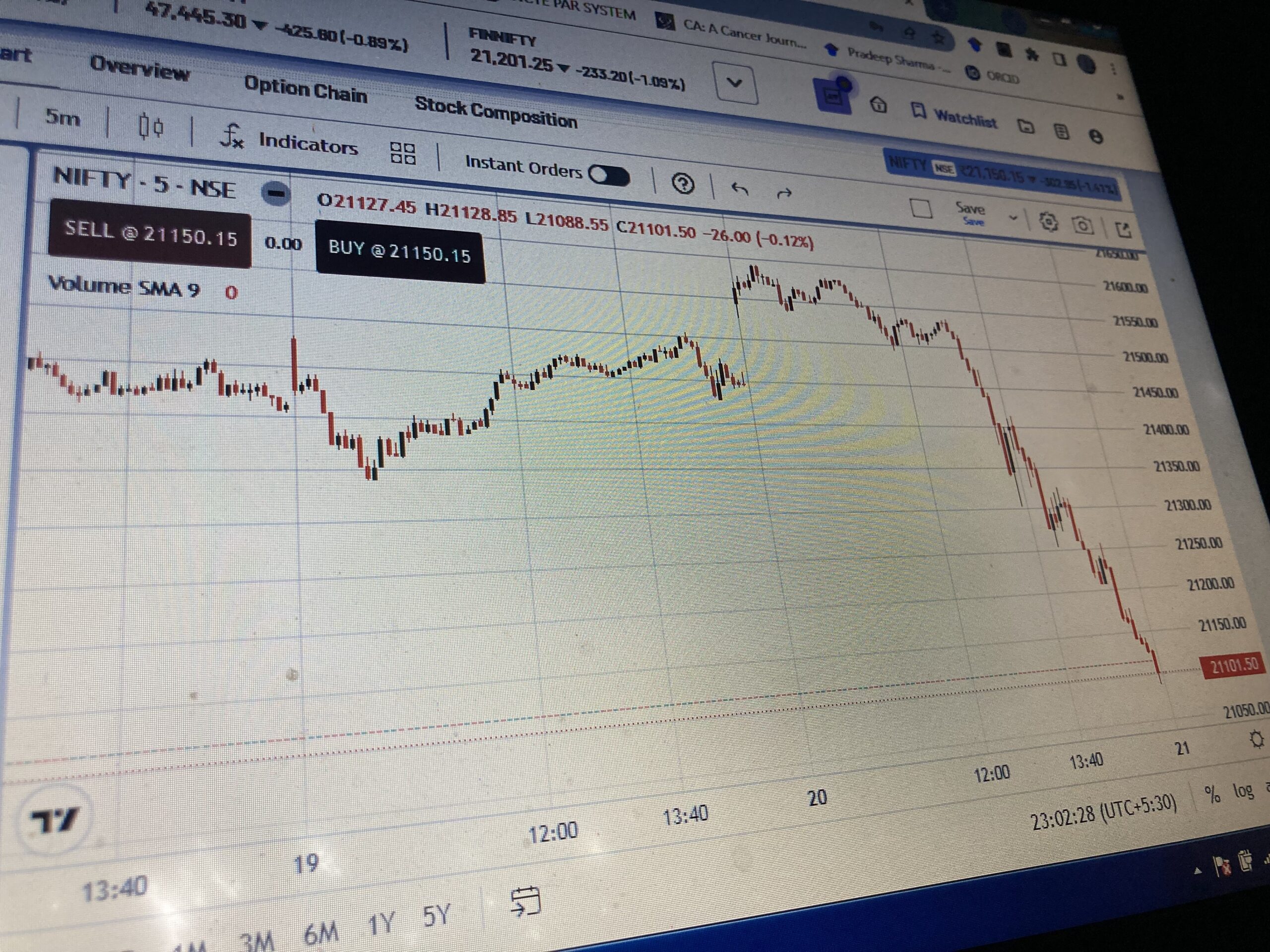The Reserve Bank of India’s (RBI) monetary policy committee (MPC) has made the decision to maintain the repo rate at 6.5%, according to RBI Governor Shaktikanta Das. This means that there will be no changes to the rate at which the central bank lends money to commercial banks. The decision was announced on Thursday by the RBI governor, indicating the committee’s stance on interest rates. The main objective behind this decision is to ensure stability in the economy and control inflation, while also fostering economic growth.
The Reserve Bank of India (RBI) held its second bimonthly monetary policy meeting for the fiscal year 2023–24 from June 6 to June 8. Market expectations were that the policy repo rate would remain unchanged at 6.5%. The RBI’s previous meeting in April also maintained the repo rate at 6.5%. The central bank has been focused on maintaining stability and controlling inflation, with the repo rate having been raised by a total of 250 basis points since May of the previous year.
RBI Governor Shaktikanta Das emphasized that the domestic economy’s fundamentals are improving, but further efforts are needed to normalize policies globally. The margin standing facility (MSF), bank rates, and standing deposit facility (SDF) will all be kept at 6.25% each. Governor Das expressed satisfaction with the resilience of the Indian economy and financial sector.
The Monetary Policy Committee (MPC) voted by a majority of 5 out of 6 members to continue focusing on the withdrawal of accommodations. Governor Das noted that headline inflation remains higher than the 4% target and is expected to stay elevated for the rest of the year. The RBI has revised its inflation target from 5.2% to 5.1% based on the latest data, indicating that inflation is still above the desired level.
Regarding GDP growth, Governor Das projected a real GDP growth rate of 6.5% for FY24, with Q1 at 8%, Q2 at 6.5%, Q3 at 6%, and Q4 at 5.7%. He highlighted that the GDP growth in 2022–2023 exceeded expectations and remains robust. The MPC will remain watchful and take additional policy measures as necessary to anchor inflation expectations and bring inflation down to the target of 4%.





